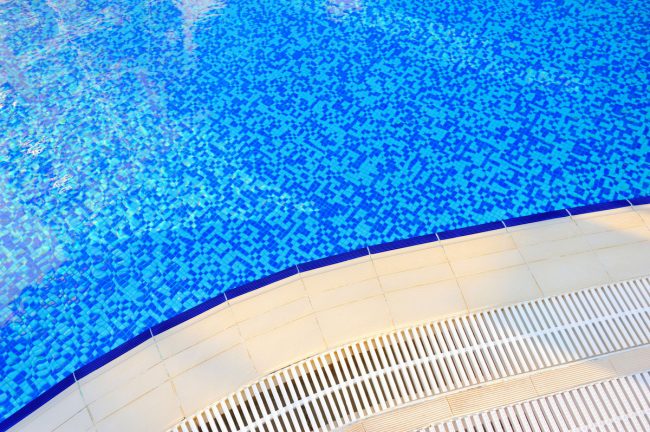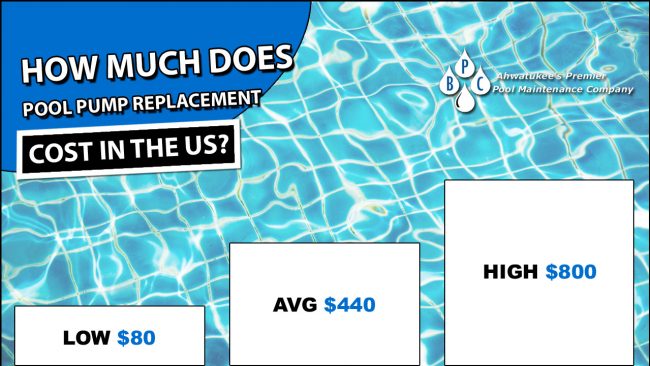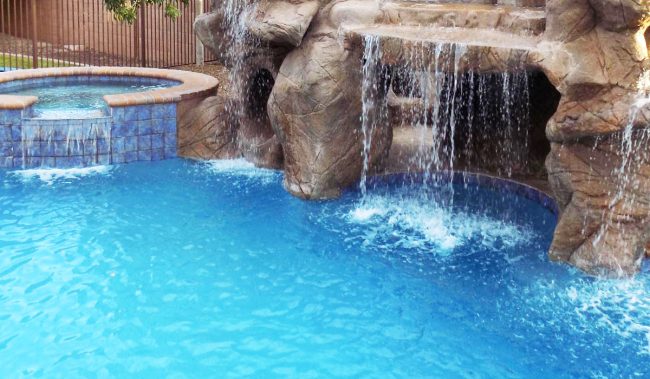Swimming Pool Trouble Issues 2025
Swimming pool maintenance in 2025 presents several challenges for homeowners, especially in warmer climates like Ahwatukee, AZ. Staying informed about common issues can help you maintain a safe and enjoyable swimming environment. 🛠️ Common Swimming Pool Issues in 2025 1. Cloudy or Murky Water Causes: Imbalanced chemicals, poor filtration, or environmental debris. Solutions: Test and…



